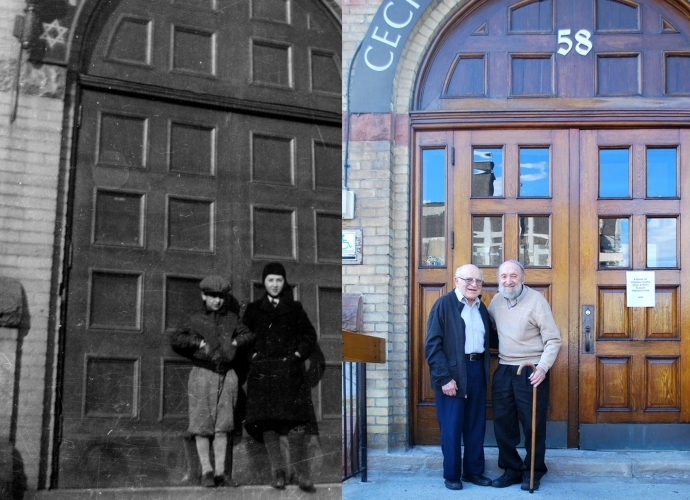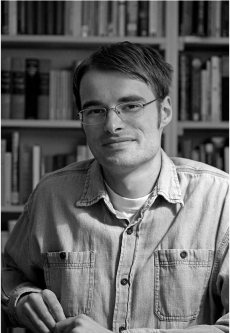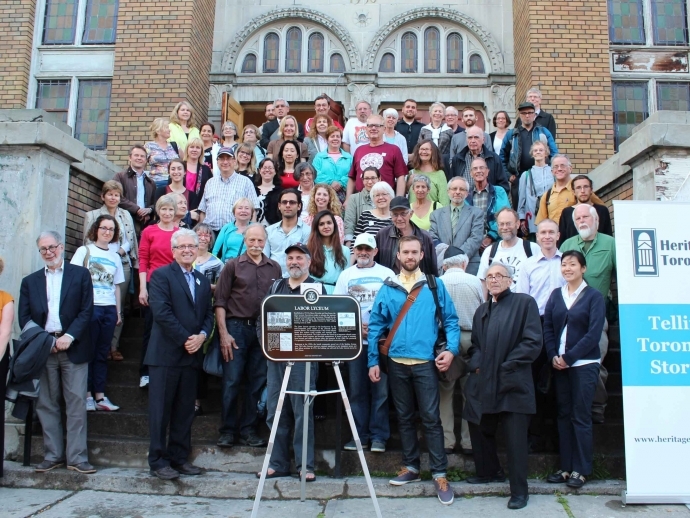Cecil Street Plaque Presentation
On Wednesday July 9, the OJA was pleased to participate in the heritage plaquing ceremonies for Cecil Street in Toronto. Approximately 200 people were in attendance at the Cecil Street Community Centre.
In partnership with the OJA, Heritage Toronto has now plaqued 13 Jewish heritage sites around the city. This latest site, Cecil Street, is unique in that it recognizes the impact and importance of a whole area to the vibrancy and well-being of a community, rather than one particular building or event. Cecil Street was once home to a high concentration of organizations, synagogues, social service agencies, meeting halls and fraternal groups and clubs that supported a growing and diverse Jewish community from the 1910s to the 1960s.
The heritage plaque features a short history of the street and archival photos from the collection of the OJA. One photo is of particular note as it depicts two small boys standing on the front steps of the Ostrovzter Synagogue (now the Cecil Street Community Centre). These two boys were Dr. Gordon Perlmutter and Gurion Hyman and both were on hand with their families to help unveil the plaque, now more than seven decades since that photograph was taken -- a special treat for all those in attendance.
The ceremony also featured a moving speech by Gurion Hyman's son, Dr. Avi Hyman, on the legacy of Cecil Street and what the area meant to the Jewish community at the time and what it now means to second and third generation Jewish Torontonians. The evening also included messages from Eric Slavens, chair of the OJA; Brent Pearlman, board member of Heritage Toronto; and Adam Nelson, representative of Scotiabank.
The presentation was followed by the OJA's A Sense of Spadina walking tour that guided four groups of participants through the Spadina area neighbourhood. If you would like to learn more about the area, you can sign up for one of our Sense of Spadina walking tours happening this summer and fall.


